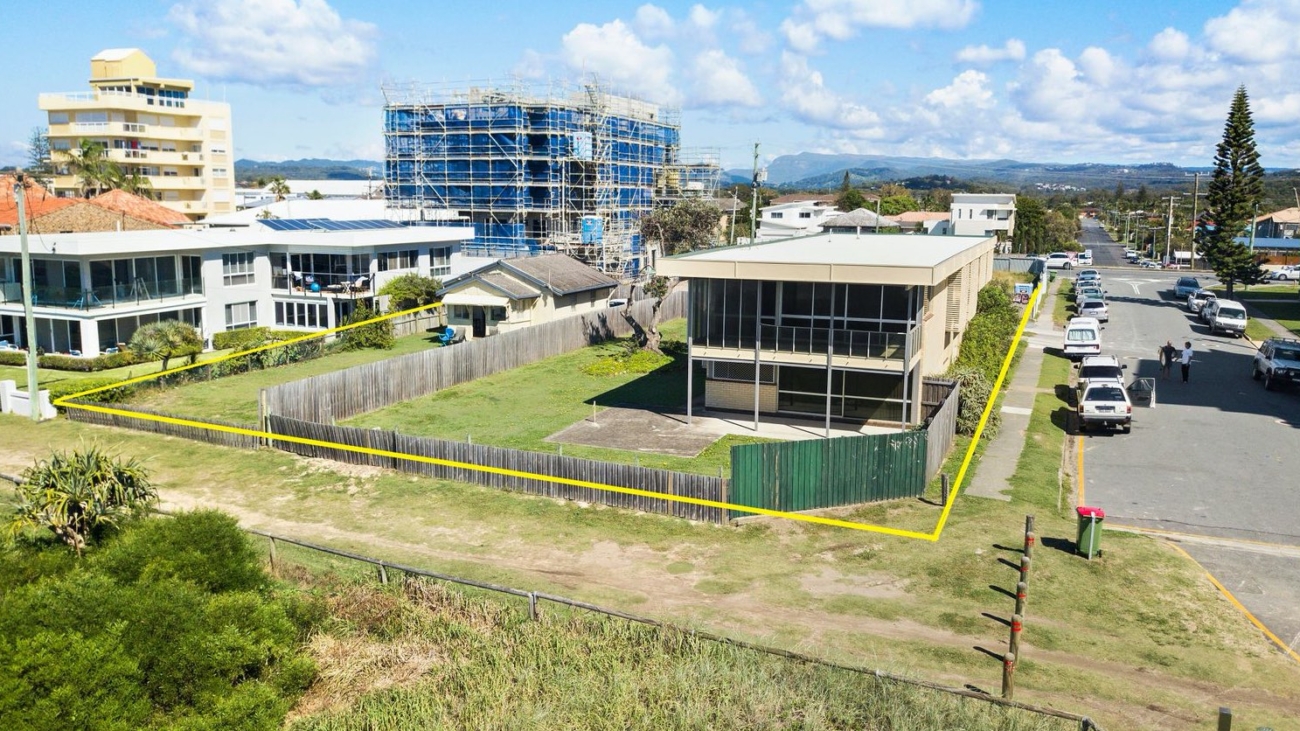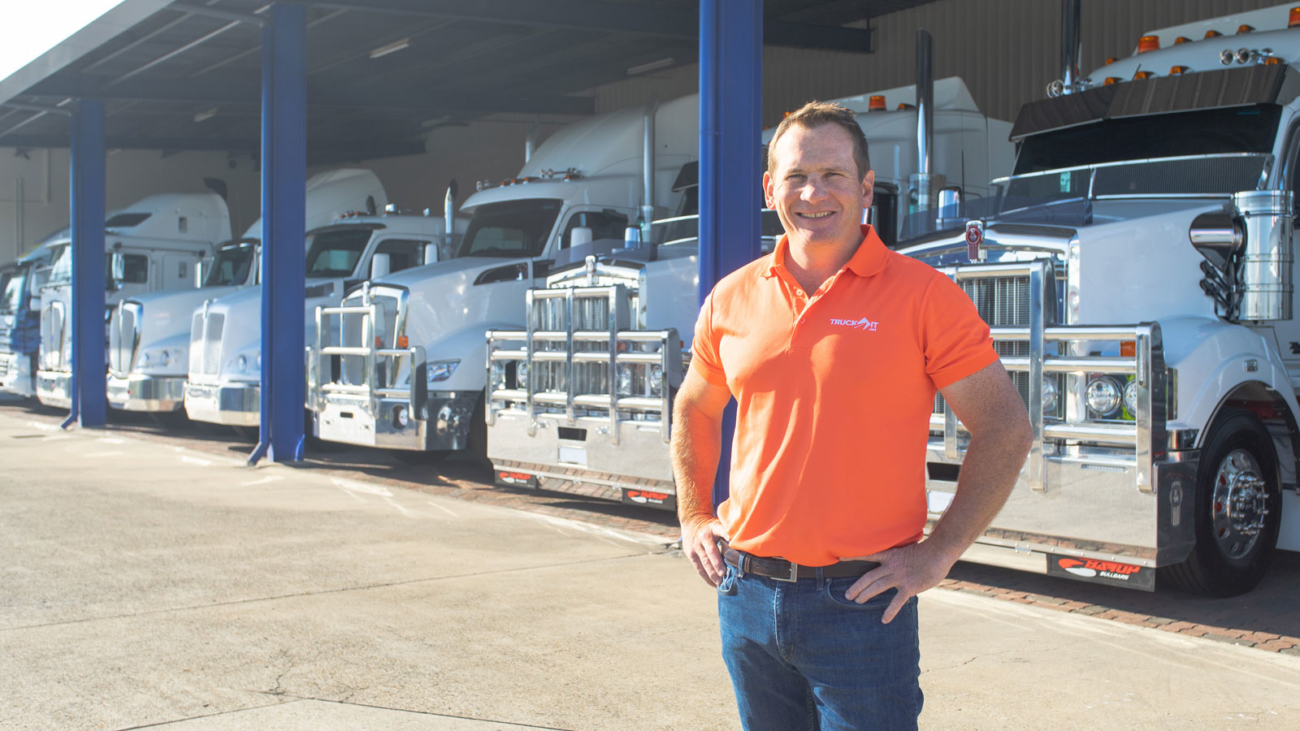In 2012 a startup subscription razor service called Dollar Shave Club launched with a quirky and hilarious video filmed in their warehouse. The video quickly went viral, propelling the company to massive growth and 2016 it was acquired by Unilever for $US1 billion. Not a bad ROI from a low-cost piece of video content.
While the power of video content has been known for many years, it has been brought into new light over the last 12 months. With face-to-face communication either banned or extremely limited, businesses have had no option but to embrace video for a range of communication, both internal and external.
In 2021 RGC launched its own video studio to help clients create high-quality, cost-effective video content.
Why Video?
Video is a versatile and engaging content format that not only gives us a real-life picture of what is going on; it’s also easy to share across multiple platforms. Consumers like it because it’s easy to digest, entertaining and engaging, and marketers like it because it can give a potentially huge return on investment (ROI) through many channels.
Video is also very accessible to anyone with internet access, both to watch and to produce. While there is certainly a trend towards higher quality video on a professional level, anyone can hop onto their laptop and create their own video in under an hour.
Need more evidence of the power of video? Here are a few stats.
- Demand for Video Content is Increasing – The preference for video content is not just limited to entertainment purposes. Video extends to brands. Studies show that 54%of consumers want to see more video content from a brand or business they support (HubSpot, 2018).
- Videos Are Consumers Favorite Type of Content – Users are seeing videos increasingly on every platform. Whether it’s on blogs, Instagram videosor simply YouTube, they are expecting more video content. Videos are a consumers’ favorite type of content to see from a brand on social media (Animoto, 2018).
- Videos Deliver Great ROI – Nearly 90%of video marketers are satisfied with the ROI of their video marketing efforts on social media (Animoto, 2018). The same report shows us that 80% of marketers also claim to be satisfied by the ROI of video ads that they have posted to social media.
- Videos Helps Consumers Understand Brands – About 97% of marketers claim that videos help customers understand products (Hubspot). Consumers and businesses don’t’ need to be sold to; instead, they’re doing a quick internet search to find the best product in their neighbourhood or even in the world where they’ll proceed to order it online.
- Videos Is Great For SEO – Over 80% of all traffic will consist of video by 2021. (Cisco) Search engines love videos because they see them as high-quality content, so to this end, using videos in various types of content as well as on your main web pages can work wonders for your SEO — as long as the videos themselves are optimized properly as well. This means incorporating the right keywords, a solid meta description, and also a strong title.
- Videos Drive Conversion – 90% of consumers claim a video will help them make a purchasing decision. (Social Media Today). Wyzowl claims that 74% of people who get an opportunity to see a product in action via an explainer video will buy it. And landing pages are great places to place videos, too. — supposedly boosting conversion rates by up to 80%(just be sure to keep autoplay off so as not to scare the customer away with loud noises).
Types of Video
There are lots of different types of videos out there and part of creating an effective content marketing strategy is having a solid understanding of your purpose before you sit down and create the video (or any other type of content, for that matter).
You want to make sure the both the type of the video and the channel purpose (if you’re posting on social) fit the purpose of the video itself. Here are some of the different types of videos that your business could use to grow awareness and engagement.
- Explainers can help educate people about your product and can be used in conjunction with instructions, customer service activities, and a whole other range of applications.
- Interviews can help to encourage conversation between sides, or showcase a special guest or influencer. If you are creating videos featuring guest experts, for instance, you can always re-use the audio and market it as a podcast. Below is a video RGC created for its MBA News site and promotional partner the University of Queensland Business School
- Product reviews and demo videos can be created by brand ambassadors in exchange for free products. If you can find people in your industry looking to boost their social following, this can be a great way of essentially getting free advertising.
- Live video is the best chance to get up close and personal with your audience, and it works well on social channels in particular.
If you want to make video part of your 2021 please feel free to contact RGC Media & Mktng on 1300 854 502 email us at info@rgcmm.com.au.
















